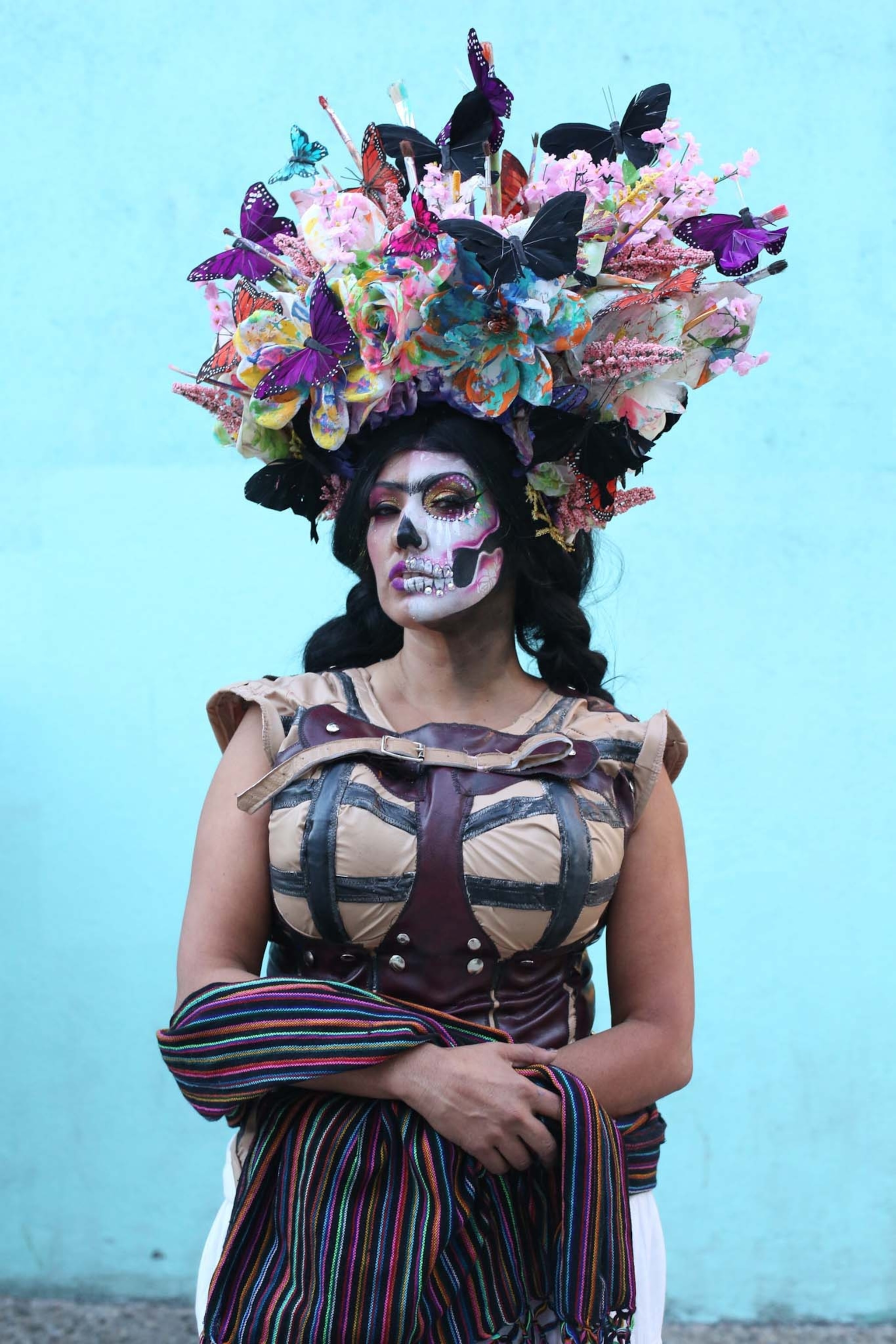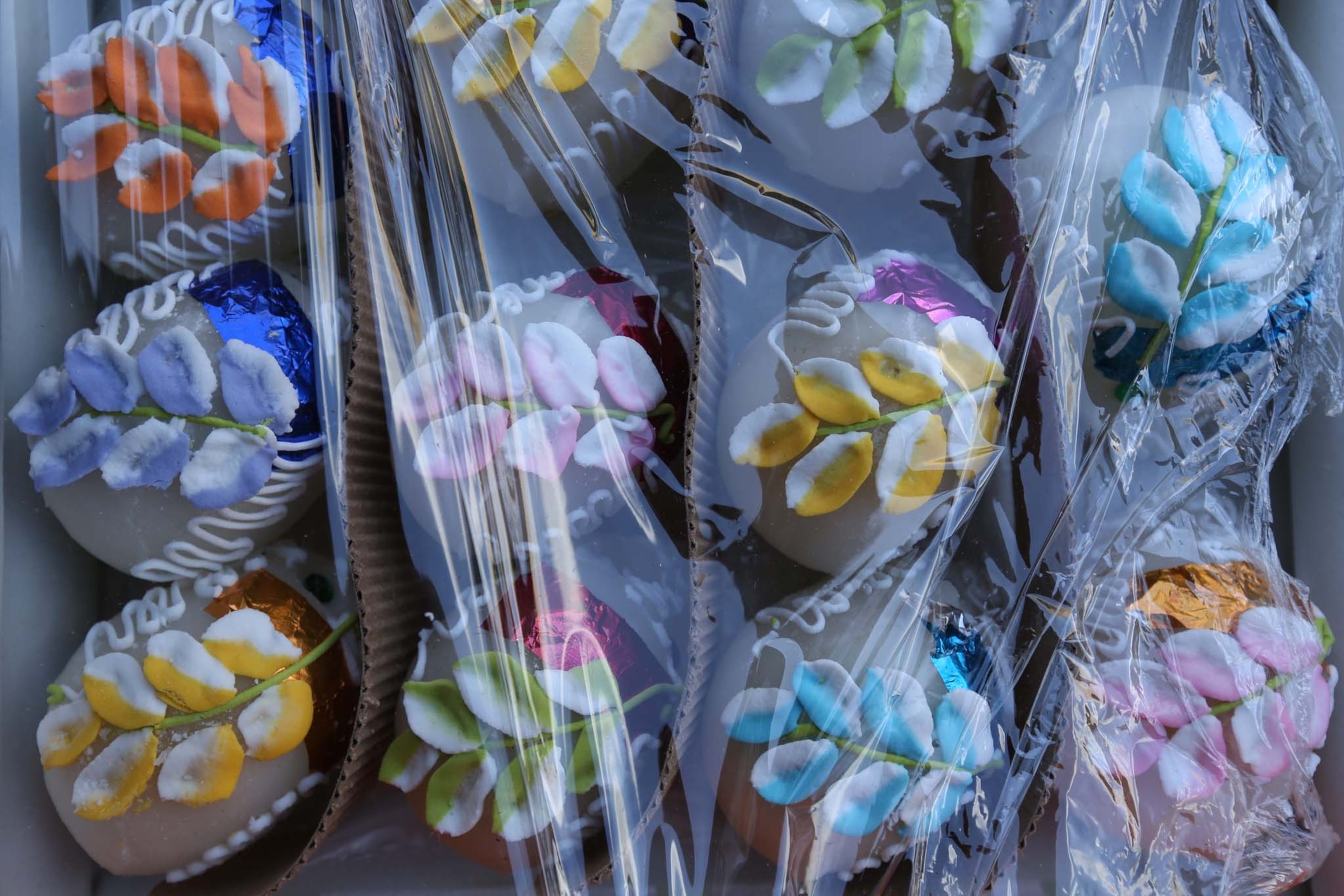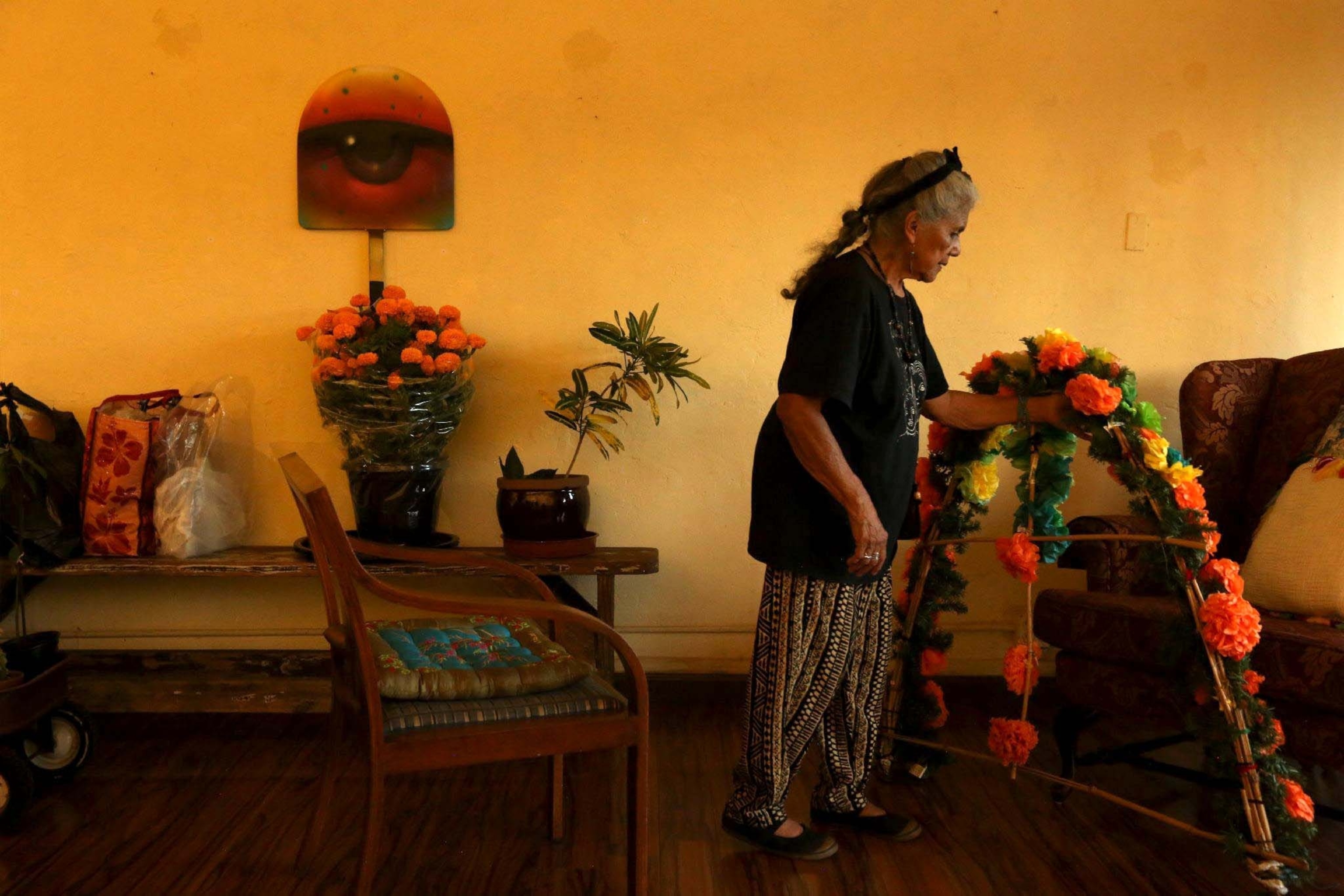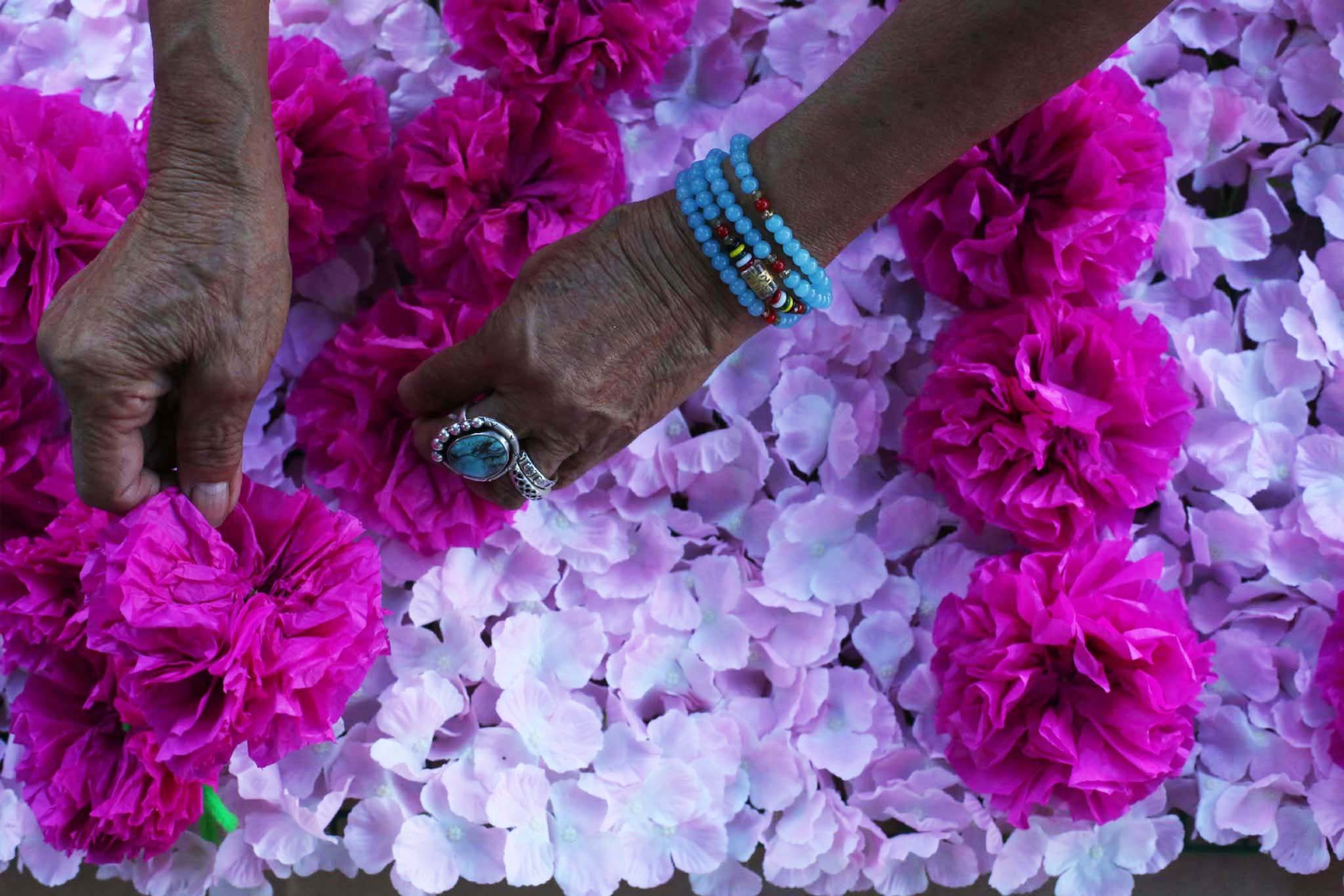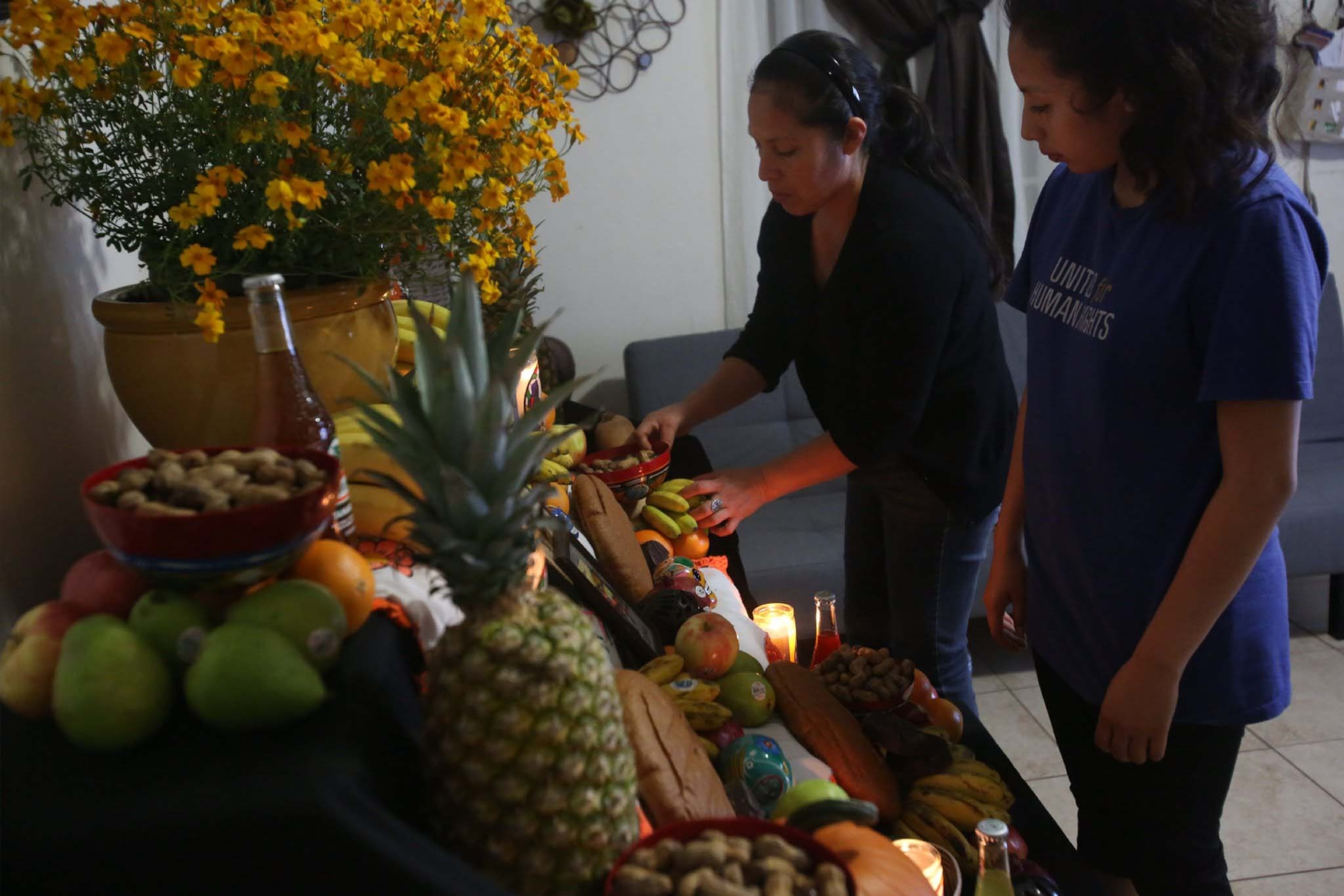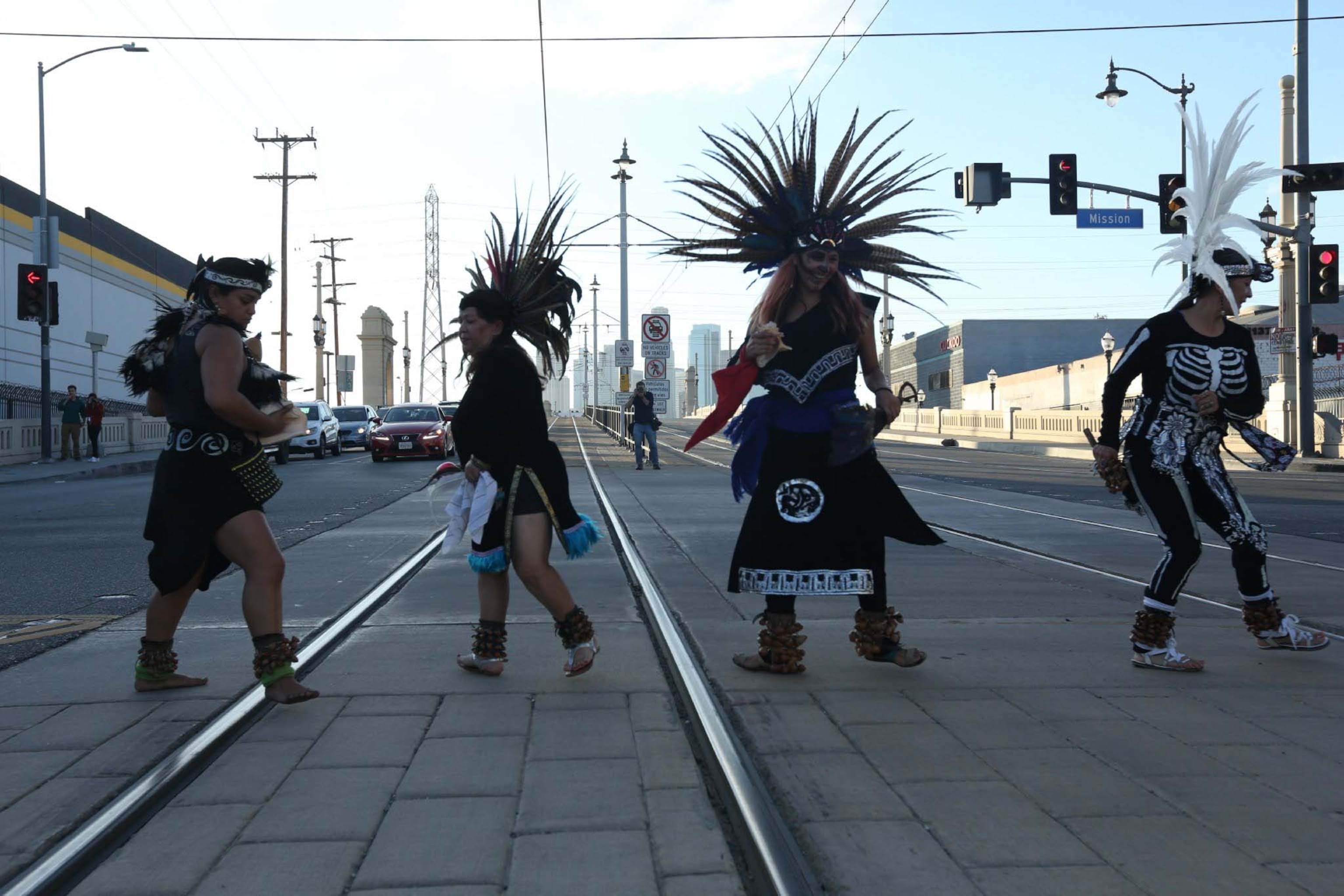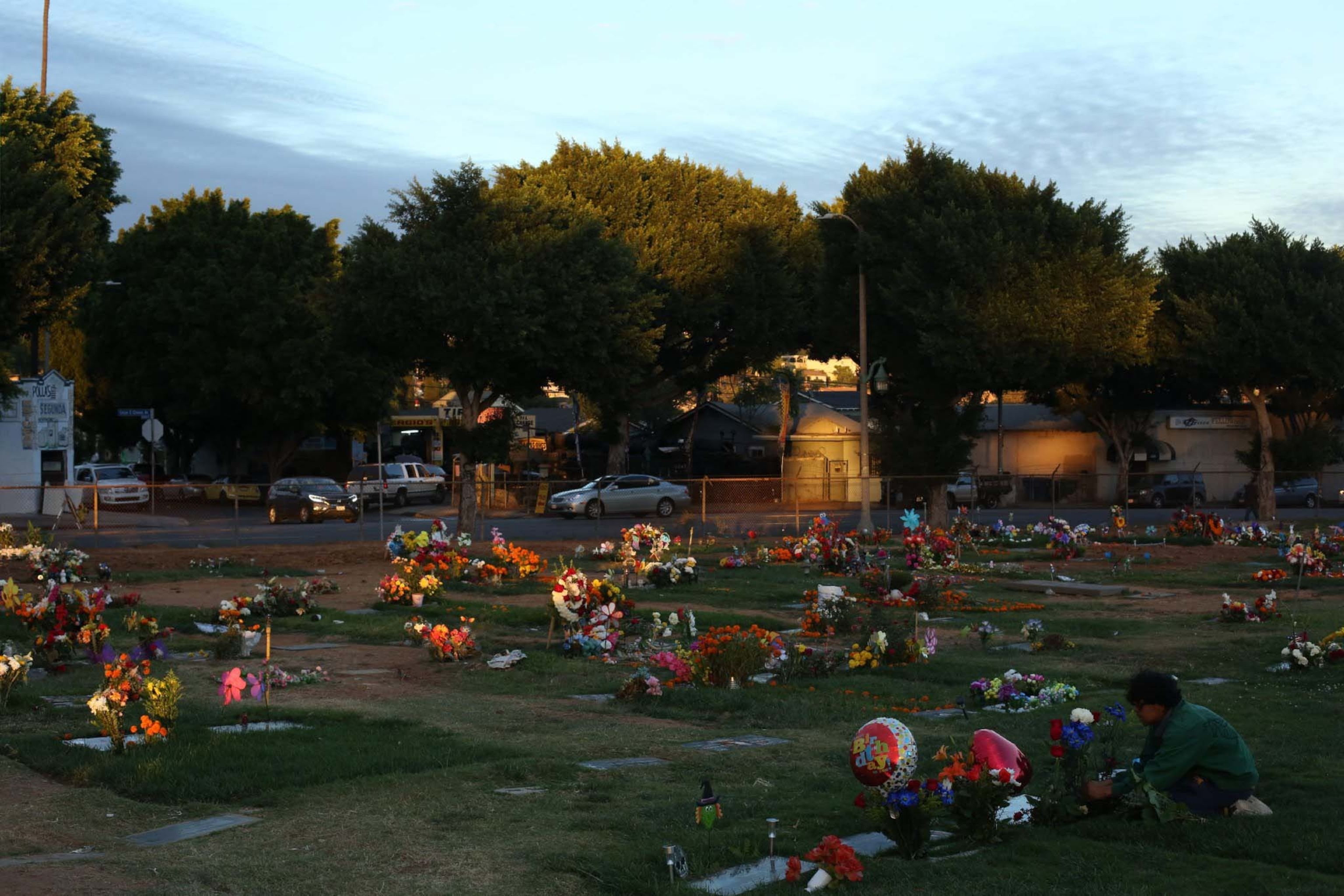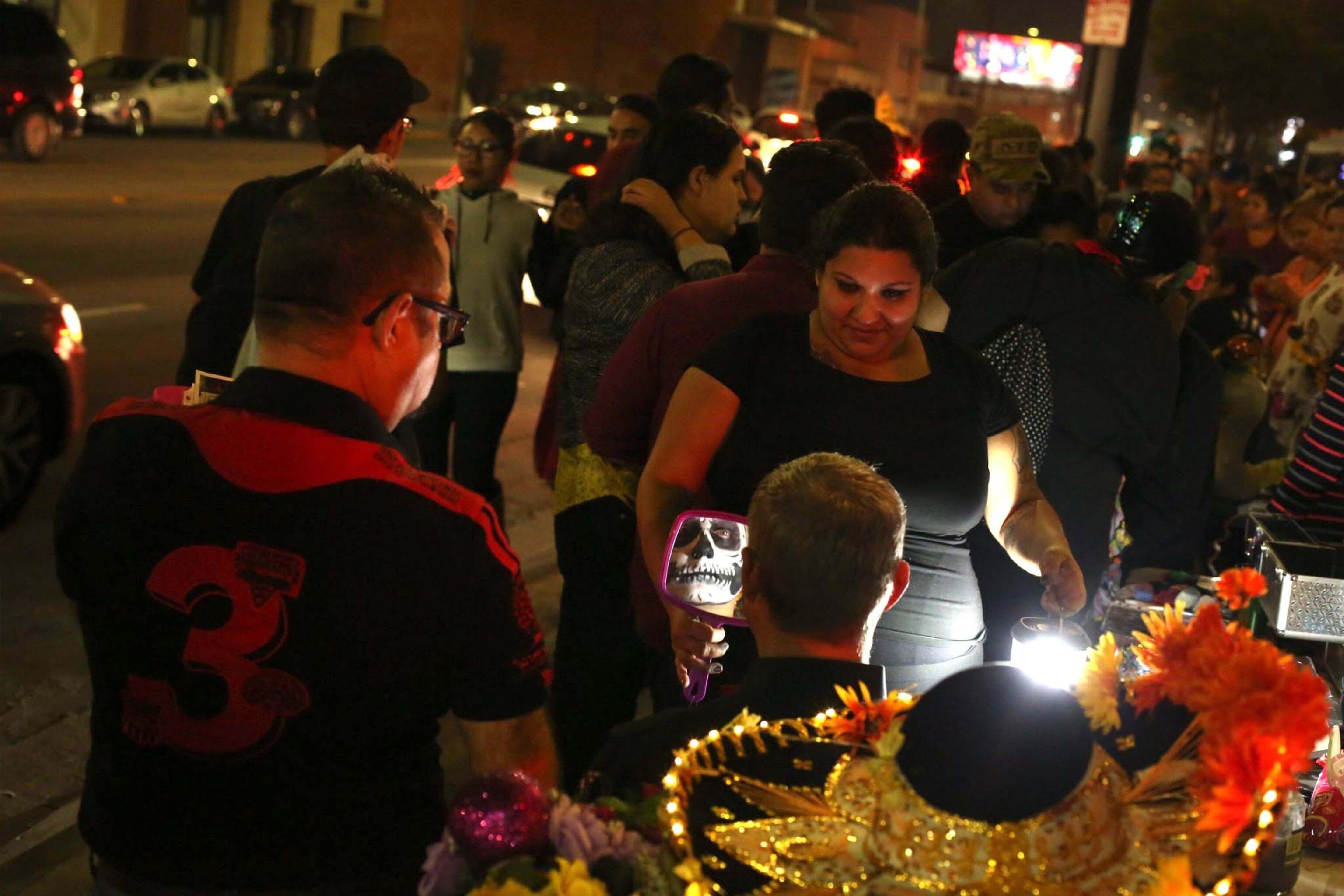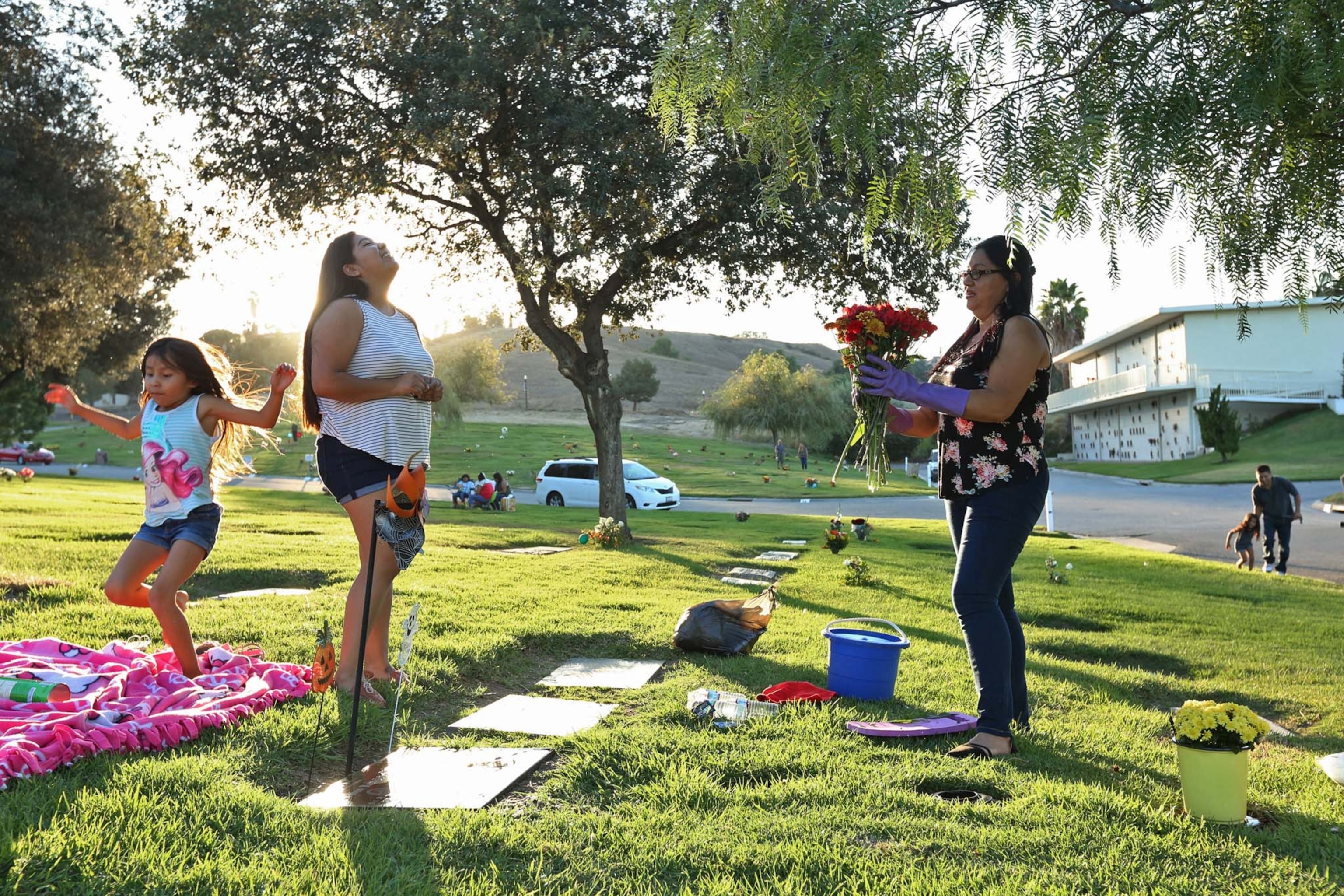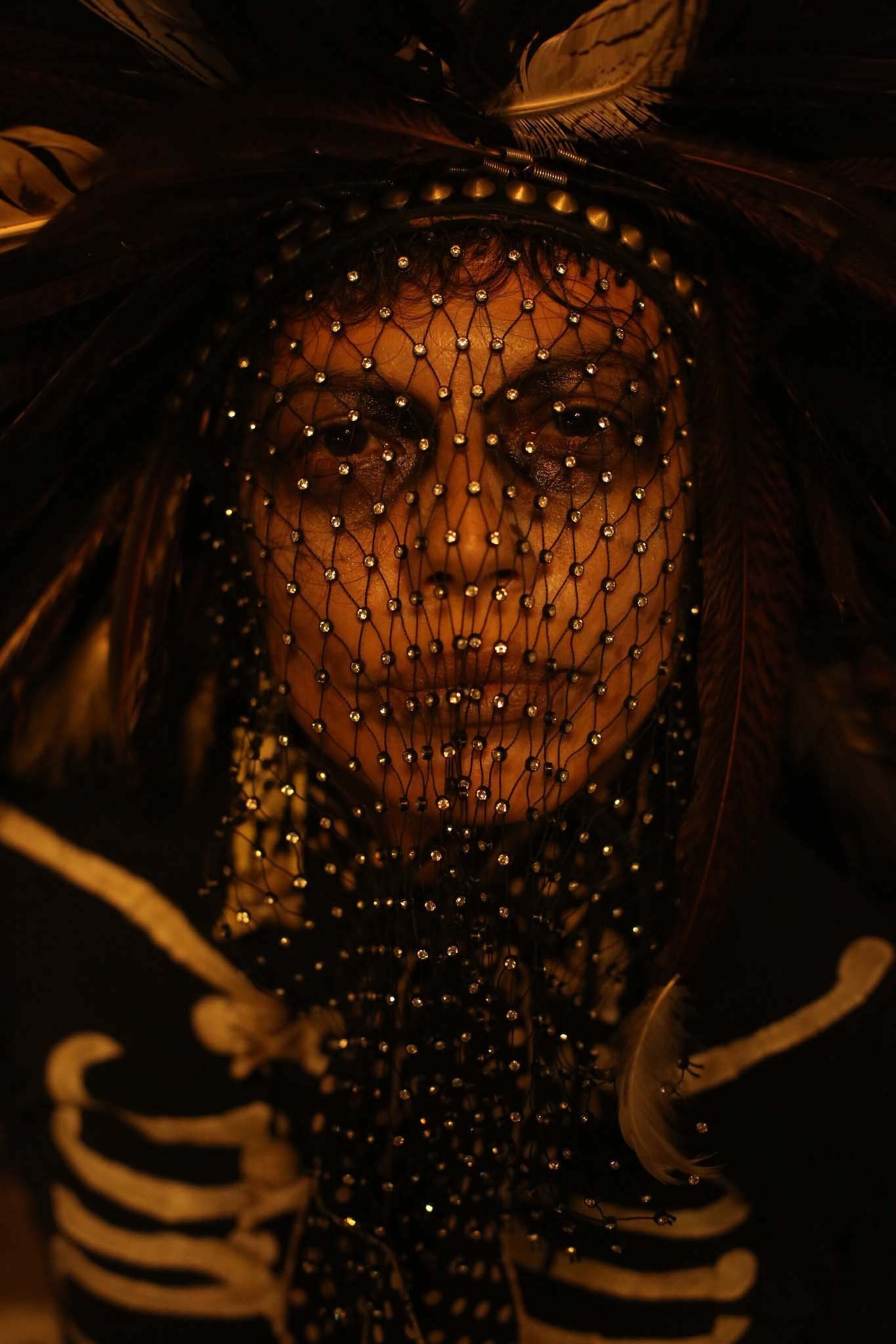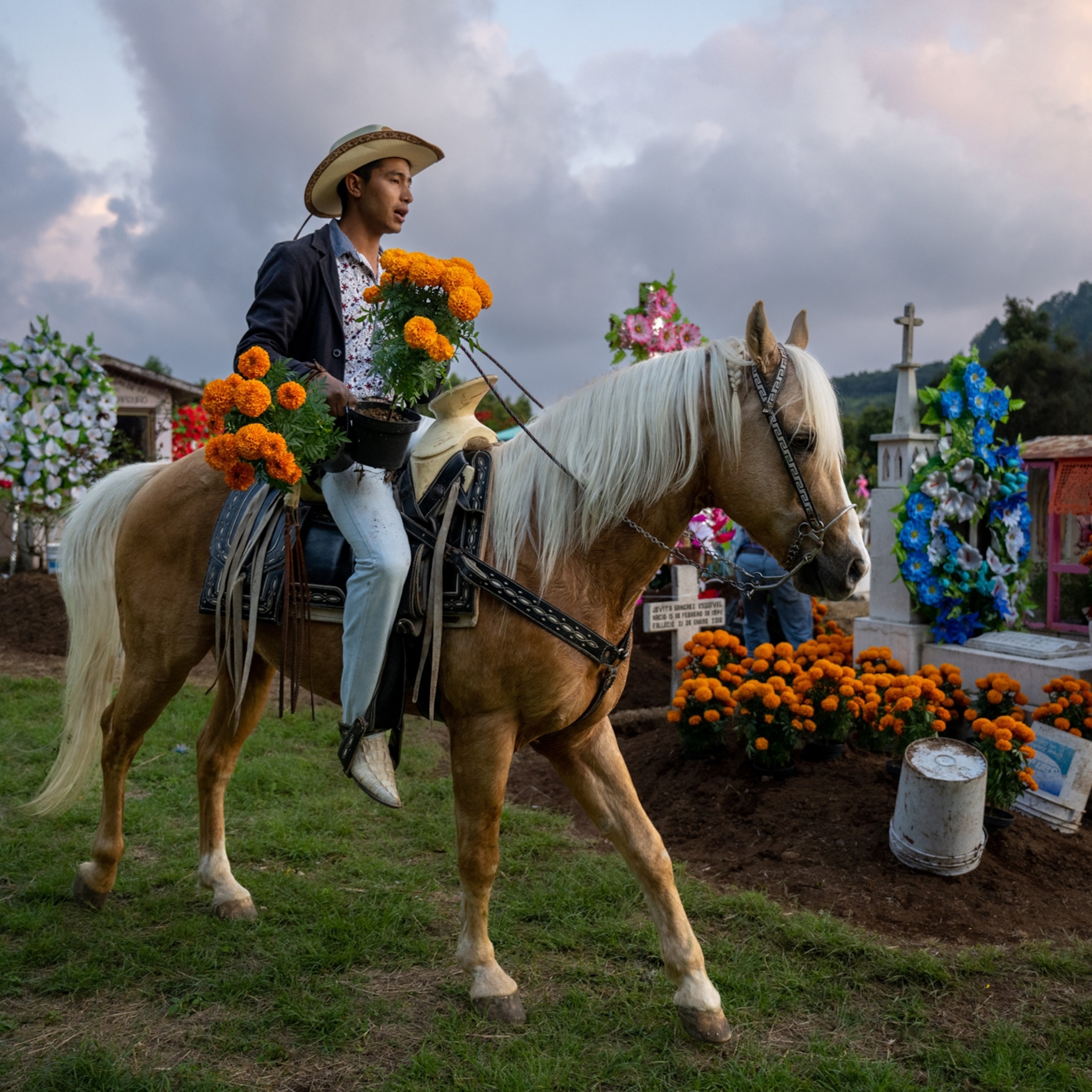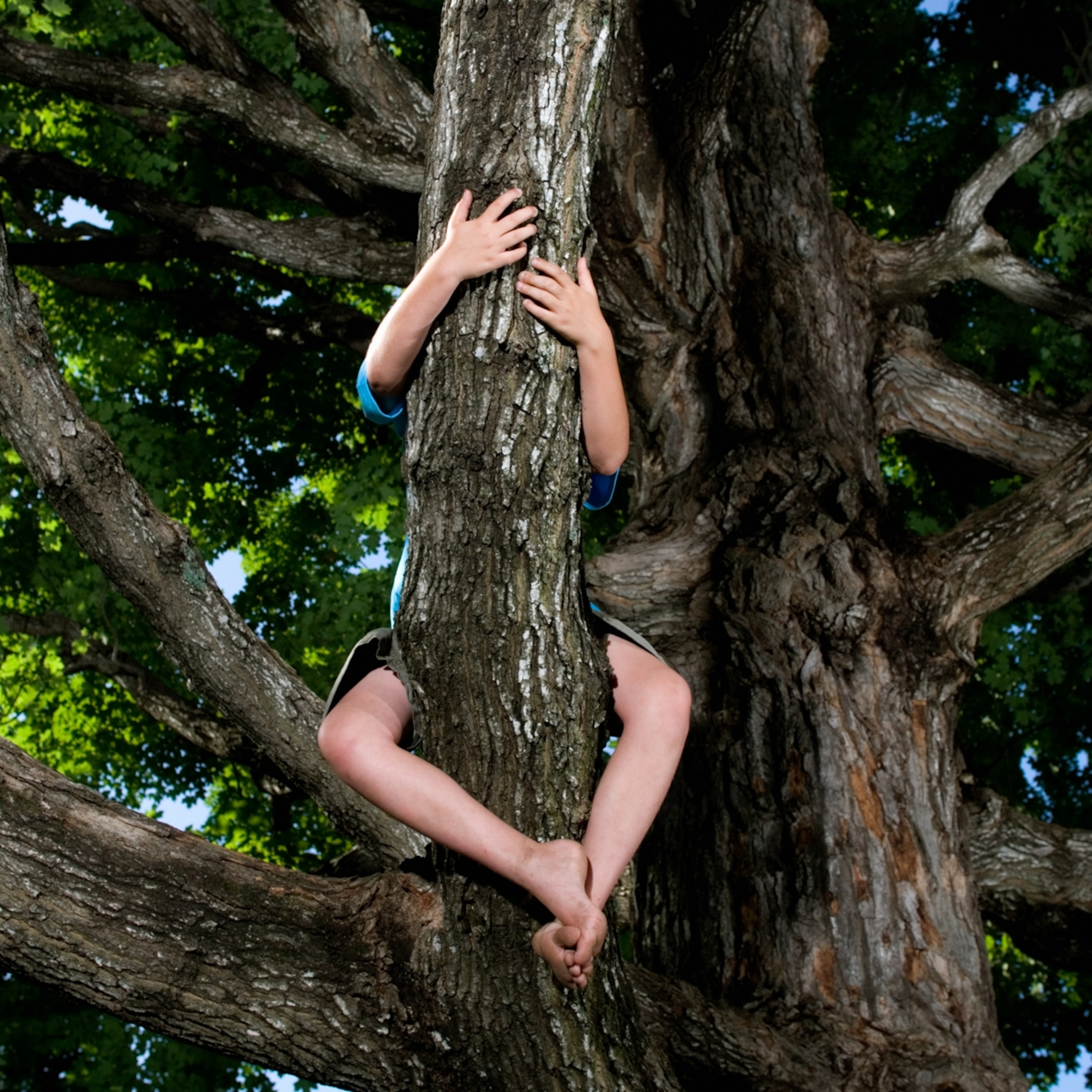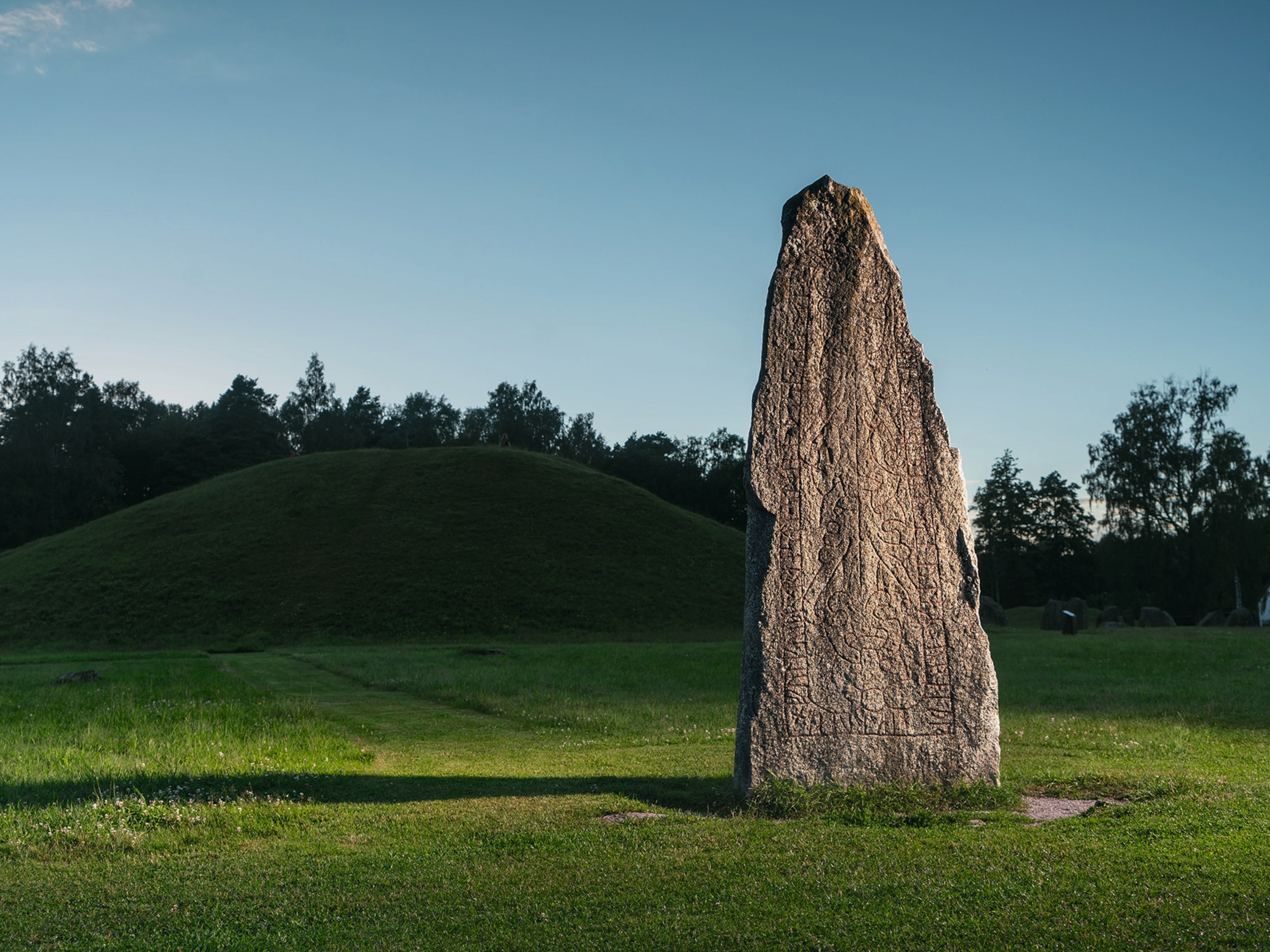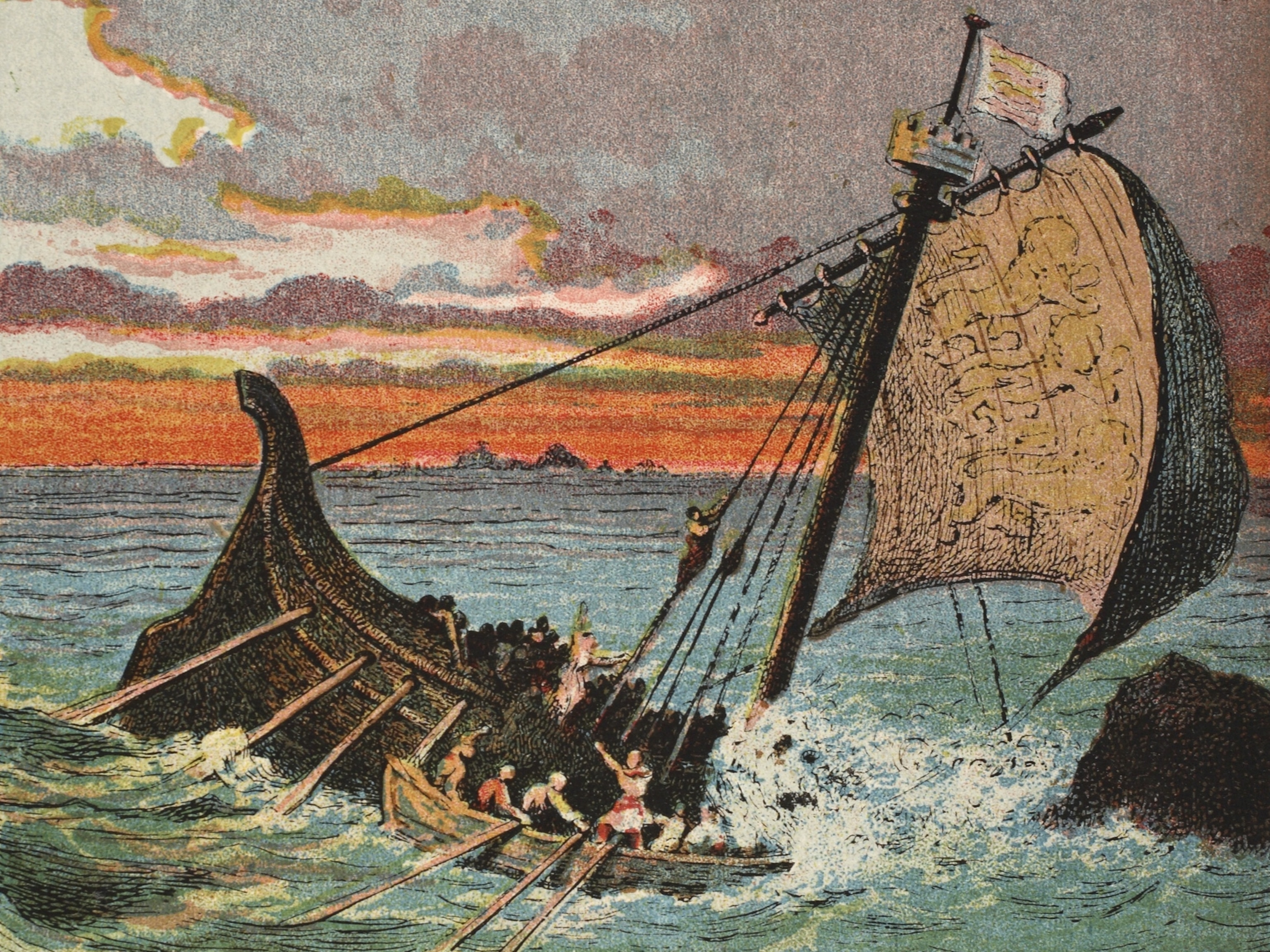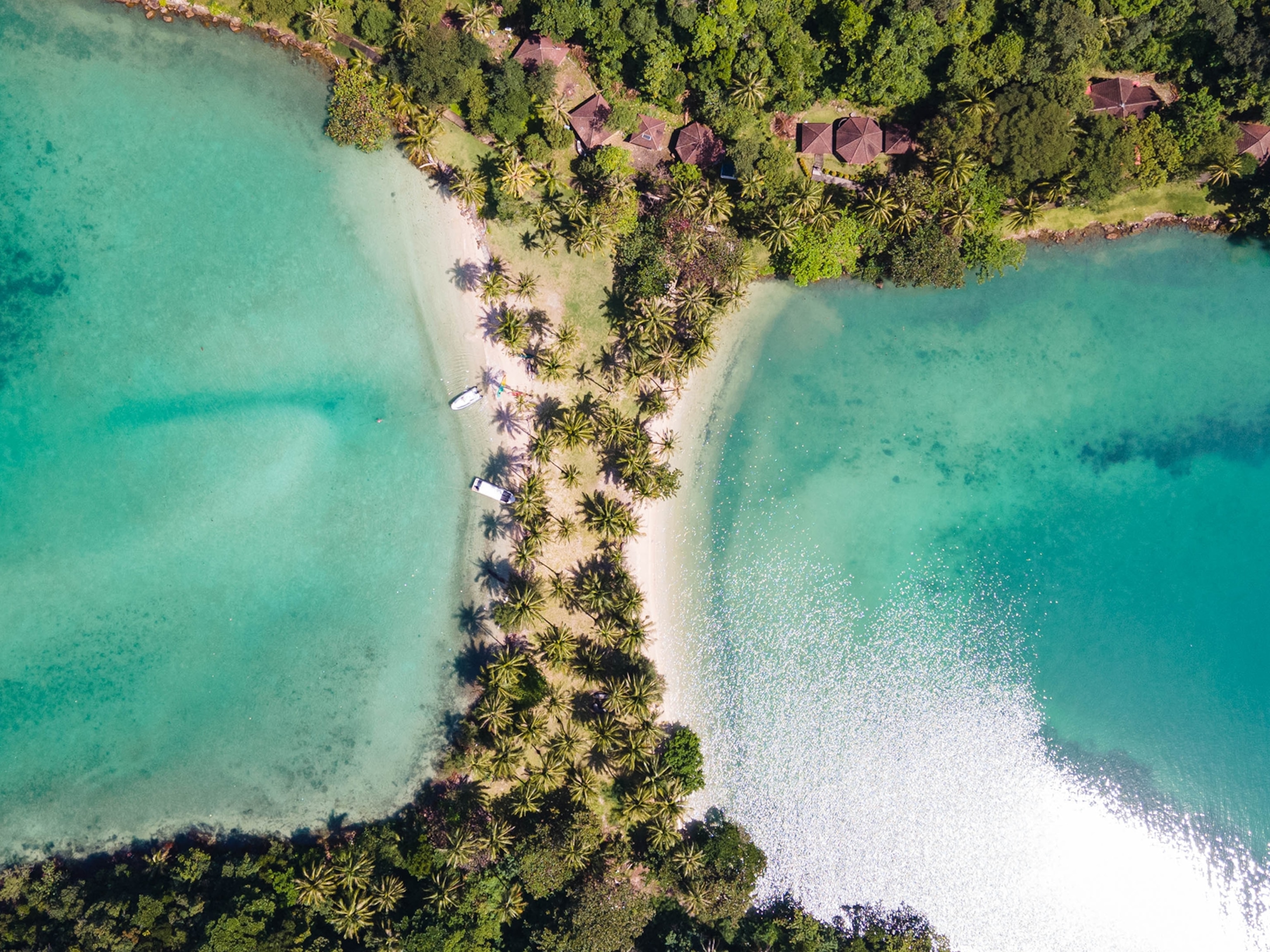The evolution of Día de los Muertos in the United States
L.A.'s vibrant festival highlights how the Mexican holiday has changed throughout the years.
For many people in Western countries, Halloween is the designated day to get your fright on. It glorifies all that’s spooky about death and its somber trappings. That’s why the Latin American Día de los Muertos, or Day of the Dead, is so diametrically opposed to the creepy mayhem of the previous day. Instead of fearing what’s beyond the veil of life, the tradition honors and reveres it.
Celebrated over a two-day period beginning on November 1st, the Day of the Dead is no prank-filled bender fueled by candy and cobwebs. The commemoration is a mixture of indigenous Aztec rituals influenced by the imported Catholicism of Spanish conquistadores arriving on American shores during the 16th century. (The event coincides with All Saints Day and All Souls Day, both minor Catholic holidays.)
For celebrants, the Day of the Dead infuses joy, vivid colors, dancing, and food as a way to communicate a message to the dead: We remember you, and we will always honor the tapestry that was your life. It’s also an opportunity, if only for a day, to erase the barrier between life and death, to welcome departed souls back into heart of the community.
Throughout the decades, Halloween and the Day of the Dead were almost considered interchangeable, due to similarities in symbolic imagery of skeletons and other-worldly apparitions. But the journey towards permanently severing ties with Halloween advanced significantly in 2008, when UNESCO added Día de los Muertos to its Intangible Cultural Heritage Lists.
In stark contrast to Halloween, it’s considered an insult to shriek or shrink from death during the Day of the Dead. The two main symbols of the holiday, the calacas and calaveras (skeletons and skulls) don’t inspire threats of witchcraft or demonic doom. They’re portrayed as lively, fanciful beings having a fun-filled blast, wearing their finest threads and mingling with young and old alike. There’s no fear or dread attached to the skeleton-adorned ornaments, candies, cakes, and festive trappings.
Felix Contreras, host of National Public Radio’s “Alt Latino Podcast,” says the more elaborate Day of the Dead celebrations are a relatively new thing on this side of the border. “I’d say maybe 30 years ago it was barely acknowledged here in the US by those of us born and raised here. My parents, for example, did not celebrate it at all.”
Contreras says he started making altars for Day of the Dead festivities in the 1980s. “It was a reclaiming of indigenous culture for many of us ‘of a certain age,’” he says.
Later on, after the arrival of his two sons Joaquin, 15, and Alesandro, 18, Contreras’s focus on the holiday started as a way to help his children acknowledge death as a part of life. “We have been fortunate in that all of their grandparents are still alive and healthy so they have not been touched by the death of a significant family member.”
Contreras says he hopes their experiences with the traditions associated with Día de los Muertos will guide them now and in the future when they have to deal with the death of loved ones. His special “Alt Latino” Sonic Altar Podcast for Día de los Muertos will go live on Thursday, November 1st.
Husband and wife photographers Karla Gachet and Ivan Kashinsky said shooting images from Day of the Dead celebrations offered a window into a definition of family that was profoundly moving. Gachet say she was most impressed by the building of altars for holiday, and the ways that families adorned them with food and flowers and photos of the deceased.
“And the way people visit each other’s homes and share the food at the altar was so beautiful,” she says. “It’s a way of honoring the deceased that means so much more than just lighting a candle.”
Kashinsky says he was touched by people like Sandy Ramos, whose brother Marco was killed by a gang member two years ago. She’s a community activist who supports families throughout East Los Angeles. Not only does Ramos visit Marco’s gravesite every Sunday, his outsized photo sits above her family’s altar, a central part of their Day of the Dead activities.
“I wish we could all celebrate life and death this way,” Kashinsky says. “Not as something sad, but as something that’s just a part of life.”
International recognition of the true nature of the celebration skyrocketed in 2017, with the release of the Disney Pixar film, Coco. The animated love letter to Mexican culture tells the story of 12-year-old Miguel from the imaginary town of Santa Cecelia, who dreams of being a musician—against his family’s wishes. His great-great-grandmother Imelda was married to a man named Ernesto who left her and their 3-year-old daughter Coco to pursue a career in music. The betrayal made her vow to erase music from her family’s history.
Miguel’s fanciful, risky journey toward the truth of his family’s heritage—and why music is so deeply ingrained in his soul—is a powerful tale that captivated millions of moviegoers of all ethnic backgrounds worldwide. Its colorful explosion of music, culture, and traditional pageantry made Coco one of the highest-grossing films of 2017, and garnered two Academy Awards for Best Animated Feature and Best Original Song.




